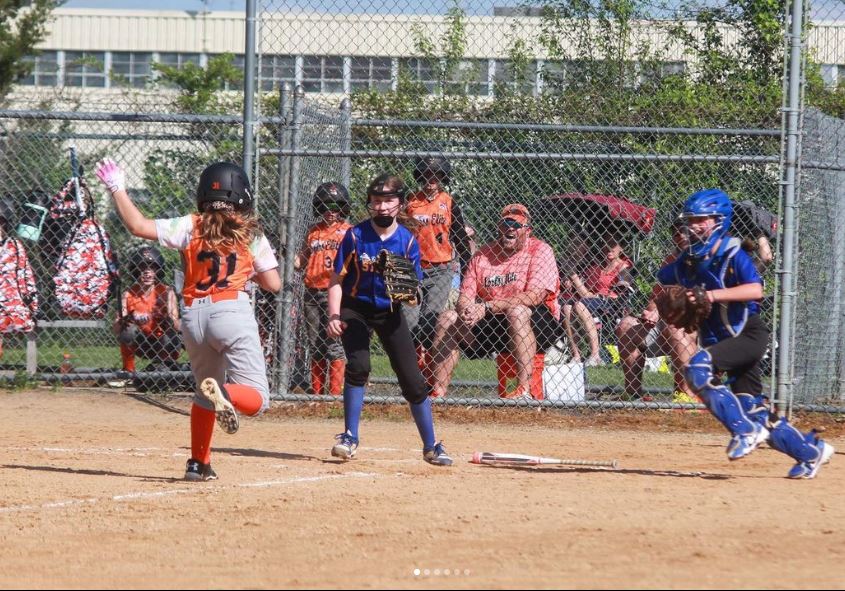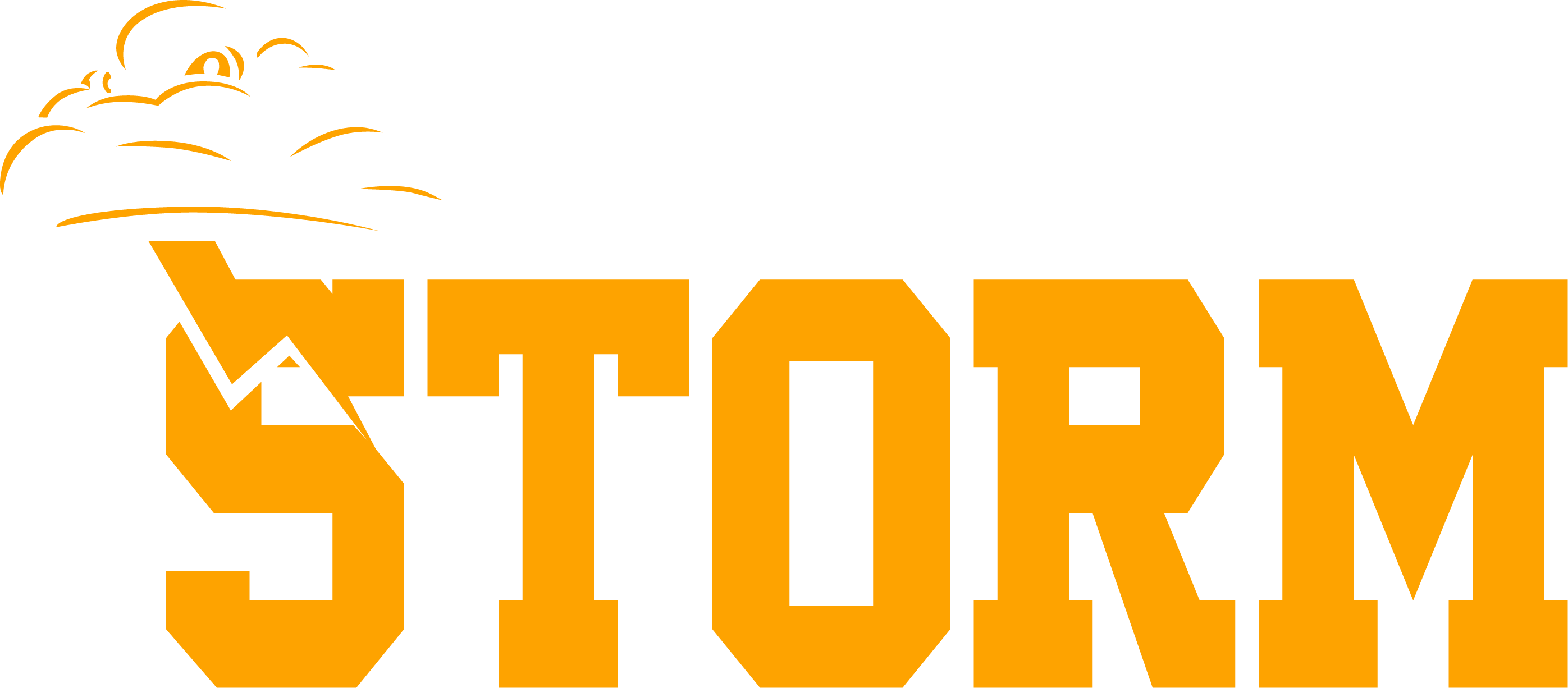The questions below can apply to all levels, not just 10U Softball.
1. What does “10U” mean? What about “10A”, “10B”, “10C”?
Softball goes by the calendar year to determine eligibility. “10U” means that the player must be 10 years old or “under” as of January 1st of that year.
Example 1: the player has a February birthdate; they were 9 years old on January 1st and turned 10 in February. They are eligible to play 10U in the current year.
Example 2: the player has a December birthday. They were 10 years old already on January 1st of the current year. They are eligible to play 10U in the current year.
The “A”, “B”, and “C” references are specific to tournament classifications. “A” teams are national/elite travel teams. They fly across the country to compete. They will have paid coaches, not parent coaches. This level will have the strongest talent and highest cost.
“B” teams are the average regional travel teams. “C” teams are new travel teams or teams with players new to travel softball.
2. How many games are in a “tournament”?
The tournaments that we play in are “3GG” or “4GG”. This means 3 Guaranteed Games or 4 Guaranteed Games. Saturdays are “pool play” where you play 2 or 3 games to get seeded. Sundays are the bracket games and are single elimination. So, if you win on Sunday, you play more games than the “guarantee”.
3. Would you consider playing more than 30 games per year?
Yes. 30 is the minimum. The amount of practices and games drives the cost in dollars and time. If parents, players, and coaches are aligned, that team choose to do more.
4. Do Storm players play Little League (Recreational) level softball as well?
This is a personal choice. We encourage our players to participate in Little League as well as travel softball. The expectation, however, is that when there is a conflict, Storm players prioritize travel softball events. (We work closely with Little League to minimize conflicts throughout the year).
5. Do you have to live in the Downingtown, PA area to be on the Storm?
No. Unlike Little League, there are no “boundaries” for travel softball. As long as you can attend practices and games, you are welcome.
6. How many players are on the roster?
We will roster 12 players on a single team’s roster. This maximizes playing time for all players and provides for redundancy when players (occasionally) are not able to attend games.
7. How many 10U teams do/will you have?
We will field as many teams as we have coaches and players for. We want as many girls that are ready for travel softball to experience it.
8. How fast do girls pitch in 10U travel softball?
To be competitive, pitching must approach 40 MPH. However, the most important pitching requirement in 10U is the ability to throw strikes consistently, at any speed. So accuracy first, then speed.
On the hitting side, girls must be able to hit 40 MPH pitching. This is a significant adjustment from recreational softball where coach pitch still occurs.
9. What are parents and players expected to do outside of the team’s practices?
When a team gathers to practice, there will be time allocated for injury prevention (warming up, calisthenics, stretching), individual skill improvement (hitting, pitching, position-specific drills, pop-ups, grounders, base-running, etc.), team skill improvement (making plays, cut-offs, etc.), learning game situations, and having fun.
However, the time spent on individual skill improvement is simply not enough for competitive player progression. It is critical that players make time to have a catch, hit off a tee, soft toss, play wiffle ball, watch softball, take outside hitting and pitching lessons, outside of team practices. A one-hour, one-on-one hitting lesson will always be more effective than a coach working with multiple players during a practice. This is analogous to teachers with a classroom of students as compared to a private tutor.
10. Do players already on the Storm 10U softball roster have to try out each year?
Yes. Tryouts are the most efficient way to fill roster openings. It is healthy for players to know that they “played in” instead of simply “paying in” to the team. It also provides for individual accountability of effort and progression outside of team practices.
Also, depending on the number of girls interested in playing, and how quickly younger players develop, tryouts allow coaches a more balanced and current view of available talent from which to make rostering decisions.
For example, if we have both maximum age players and younger players, it would be ideal to field two teams with girls of the same birth year. One year at this age is a significant difference. This would allow managers to schedule ability level appropriate games and tournaments for all players.
11. Why is travel softball so much more expensive than recreational (little league) softball?
The largest driver of cost for travel softball are tournament fees. Average tournament registration costs are $600 per team. These are typically three or four guaranteed game tournaments. Travel teams will play 30-40+ games in a year. Some of these are scrimmage formats outside tournaments in order to keep costs down.
After tournament fees, winter workout space is a large driver of cost. These are indoor training facilities that allow softball teams to practice during cold weather. Teams will practice indoors weekly for 3-5 months in the year.
Then there are costs for softballs ($5+ per ball), field maintenance consumables, field and facility rentals, team equipment, and uniforms.
Average travel softball annual cost per player for Fall, Winter, and Spring seasons is between $1,400 and $3,000+. It all depends on the number of tournaments, games, practices, indoor time, and paid coaching that a team commits to.
12. Why play in tournaments at all if they’re so expensive?
Tournaments provide scheduling efficiency. Teams want to get 30-40+ games in per year in order to have the desired amount of repetition and feedback for player development. Getting 3-4 games in during a single weekend is logistically efficient.
Also, the number of travel teams in a reasonable distance are much more scarce than the number of teams that little league districts can form. So, you have to go a bit further to find enough travel teams to play.
Hosting a tournament with the field maintenance required in between each game, the hardware (trophies and medals), umpire costs, and of course incentive for the tournament operator drive tournament cost.

